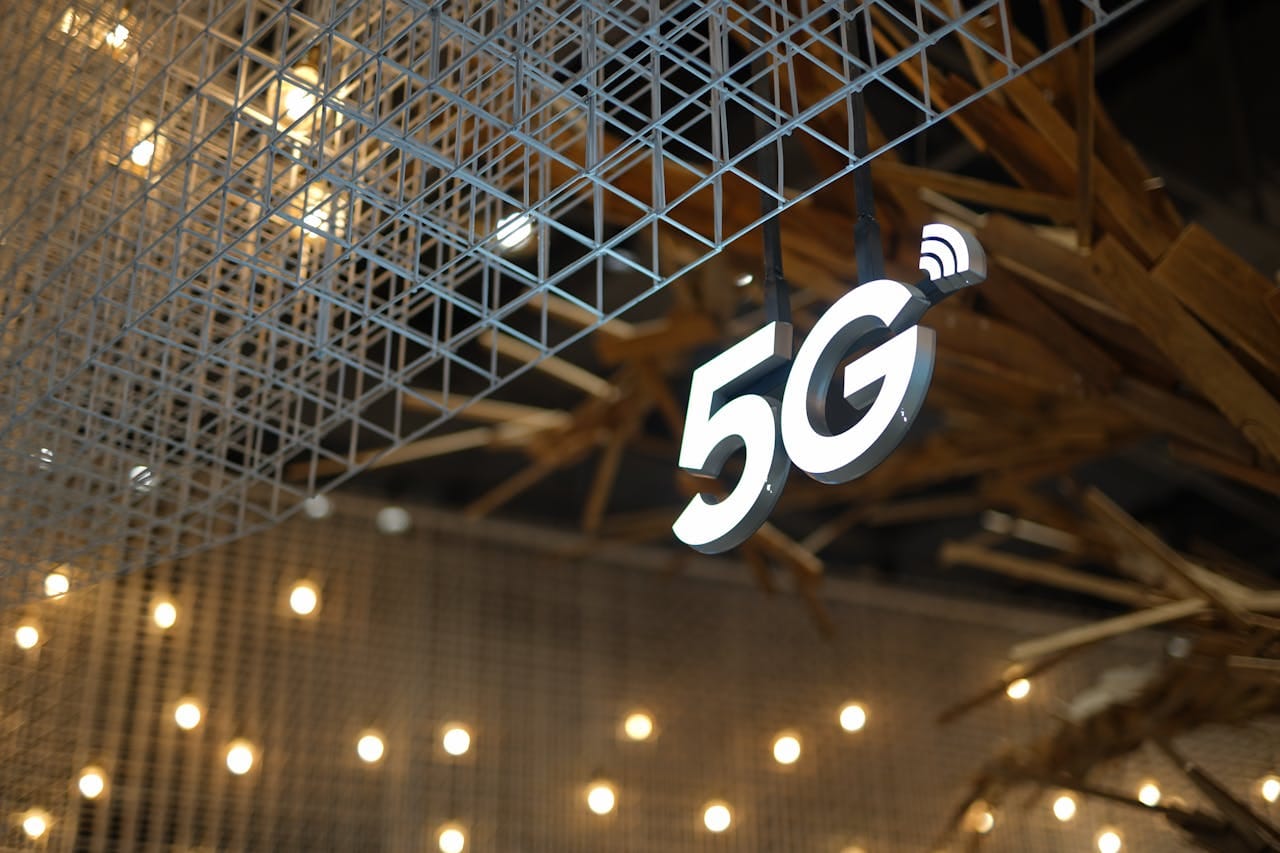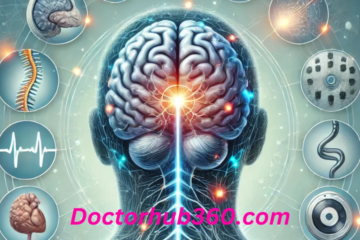The evolution of mobile networks has transformed how people communicate and interact with technology. 5G has become the front-runner in this technological race as the world adopts quicker, more efficient connectivity, providing amazing breakthroughs over past network generations, including LTE and 3G. Beyond just faster download speeds, 5G’s capabilities provide smoother experiences, improved connection, and a whole new range of opportunities for companies, consumers, and the world economy. Understanding 5G’s key benefits will help you recognize its transformative power and potential to change the way the world communicates.
1. Unprecedented Speed and Low Latency
One of the most significant advantages of 5G over LTE and 3G is its ability to deliver lightning-fast speeds with extremely low latency. Although 4G LTE already provides high-speed internet connectivity, 5G pushes this to a whole new degree with rates up to 100 times faster than 4G. This helps to provide smoother streaming experiences and almost immediate data transfers. Another major benefit is the lower latency—often less than one millisecond—which makes 5G perfect for real-time uses such as gaming, video conferences, and autonomous vehicle operations. These developments add convenience and efficiency to everyday tasks, making delays a thing of the past.
2. Enhanced Network Capacity
An additional significant advantage of 5G is the increased capacity of its networks. Although LTE and 3G networks are functional, they may struggle to handle a large number of users at the same time, which can result in congestion and slower speeds. Using cutting-edge technology like beamforming—which improves data transmission efficiency—and massive MIMO (multiple-input, multiple-output), 5G addresses this challenge. This greater capacity lets 5G manage many more connected devices at once without sacrificing speed or performance. 5G guarantees everyone stays connected with the least disturbance for urban regions or big events where lots of people are always accessing the network.
3. Improved Reliability for Critical Applications
Beyond consumer uses, 5G’s enhanced dependability could help important, high-stakes sectors depending on reliable, real-time communication. The great dependability that 5G provides will be much appreciated by sectors including manufacturing, emergency services, and healthcare. For instance, telemedicine uses—including remote surgery and health monitoring—demand constant data transfer. With 5G, these sectors can depend on strong connections that guarantee flawless operation even in the most challenging conditions. Older networks, like 3G, are unable to handle the high bandwidth needed for these kinds of applications, so this level of dependability is superior.
4. Revolutionizing the Internet of Things (IoT)
Rapidly acquiring popularity in many sectors, the Internet of Things (IoT) is poised to transform this area with its amazing capacity to link a large number of devices at once via 5G. IoT applications require continuous, low-power communication between wearables, industrial sensors, and smart home systems. Perfect for smart cities, connected homes, and completely automated businesses, 5G’s ultra-low latency and enlarged capacity enable the basis for smooth interaction among millions of devices. Unlike LTE, which has restrictions in terms of device density and network congestion, 5G’s increased capacity and efficiency let a higher concentration of devices operate simultaneously without compromising performance or dependability. 5G becomes the vital backbone supporting everything from real-time data transmission to the sophisticated coordination of devices across many sectors as IoT usage continues to rise at an exponential rate.
5. Future-Proofing for Emerging Technologies
As industries continue to innovate and develop, 5G offers a future-proof network infrastructure that can accommodate emerging technologies. 5G’s low latency, speed, and capacity open the path for revolutionary developments such as augmented reality (AR), virtual reality (VR), and artificial intelligence (AI). 5G provides the massive data volumes and almost instantaneous response times that these technologies demand. The data-intensive requirements of AR and VR experiences or the complexity of AI systems just cannot be met by LTE or 3G. Businesses and developers can create and implement previously unimaginable new technologies with 5G, therefore ensuring that sectors remain on the front line of innovation.
Conclusion
5G promises a leap forward in connectivity, speed, and capabilities rather than just an improvement from earlier generations of mobile networks. With advantages ranging from incredibly fast internet speeds to the capacity to support vital applications and an infinite number of connected devices, 5G has enormous potential. 5G is the basis that will propel the world toward a more linked and technologically advanced future transformation. Businesses and individuals alike can experience a new era of digital transformation and unlock a multitude of opportunities by embracing its capabilities.




